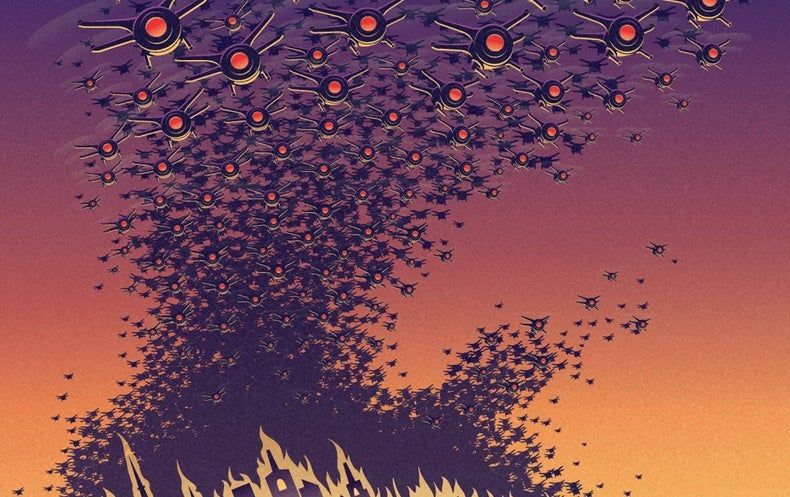Based on myth and such it could a definite possibility that this tale is true.
Amelia Earhart was one of the first female pilots in Earth history. She had been on expeditions all over the world, and recalled seeing people doing all kinds of strange things to their bodies. In the mid–20th century she became famous for being the first woman to fly across the Atlantic Ocean. In 1937 she attempted to fly around the world, and on July 2nd, she and her navigator, Fred Noonan, took off from New Guinea and headed east, around the equator.
However, while over the Pacific Ocean, their Lockheed L-10 Electra airplane ran low on gas. They began looking for an atoll to set down on, and tried to send out an SOS. Suddenly, they saw a huge light behind them. The plane stopped dead, and then started moving backwards towards the light. That was the last Earhart remembered of the event. They were in fact being abducted by an alien species, the Briori. To the outside world, it appeared that the plane just vanished somewhere in the South Seas.
Unbeknownst at the time was that the mission was financed by her government and was part of an intelligence operation to gather information about the Japanese. Rumors about this emerged after the Pearl Harbor attack in 1941, and it later became part of established history.









